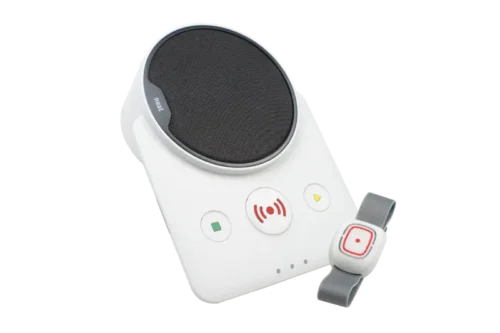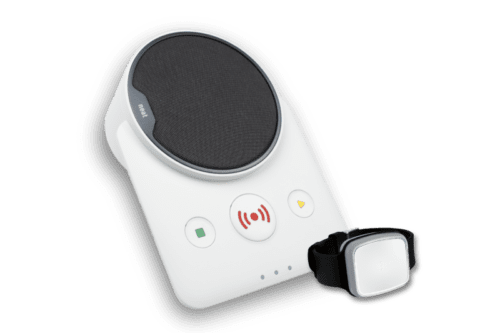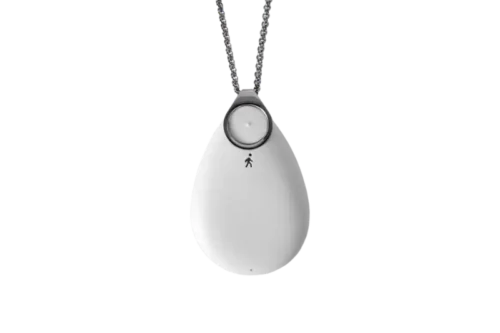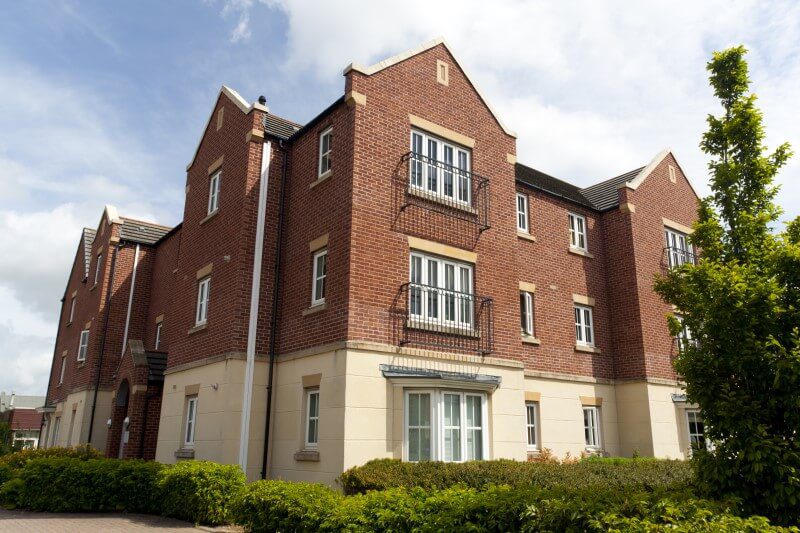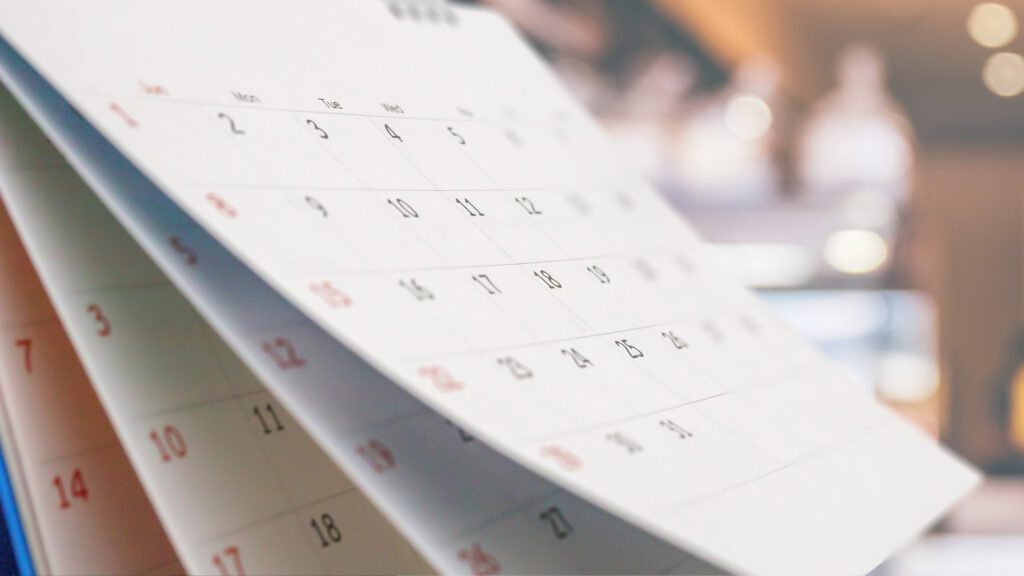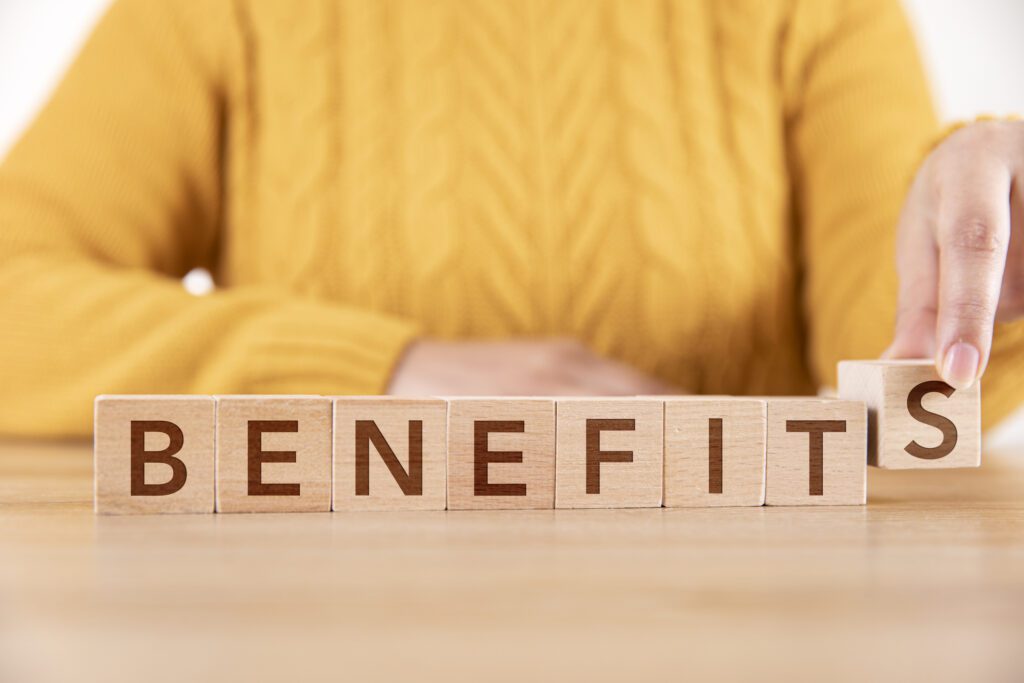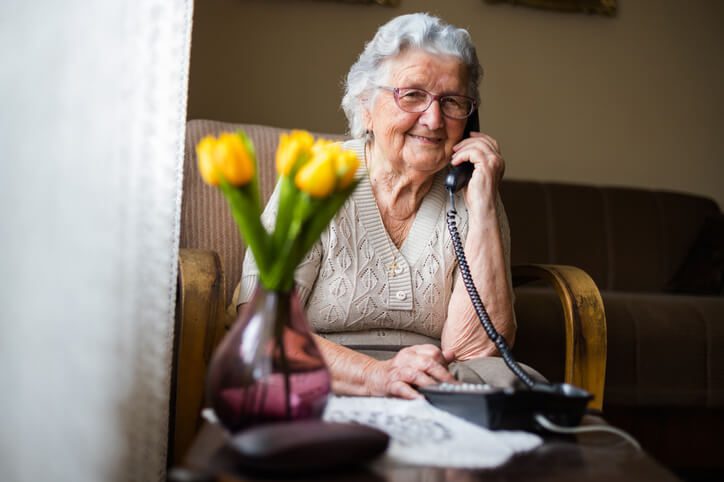The Digital Switchover for Careline Alarm Users
About this guide
This guide to the digital switchover for careline users aims to answer all your questions and leave you feeling confident about what you need to do to maintain your invaluable lifeline alarm service throughout this change.
Use this to jump to the section you want to read:
What is happening?
 ?">
?">
When is it happening?
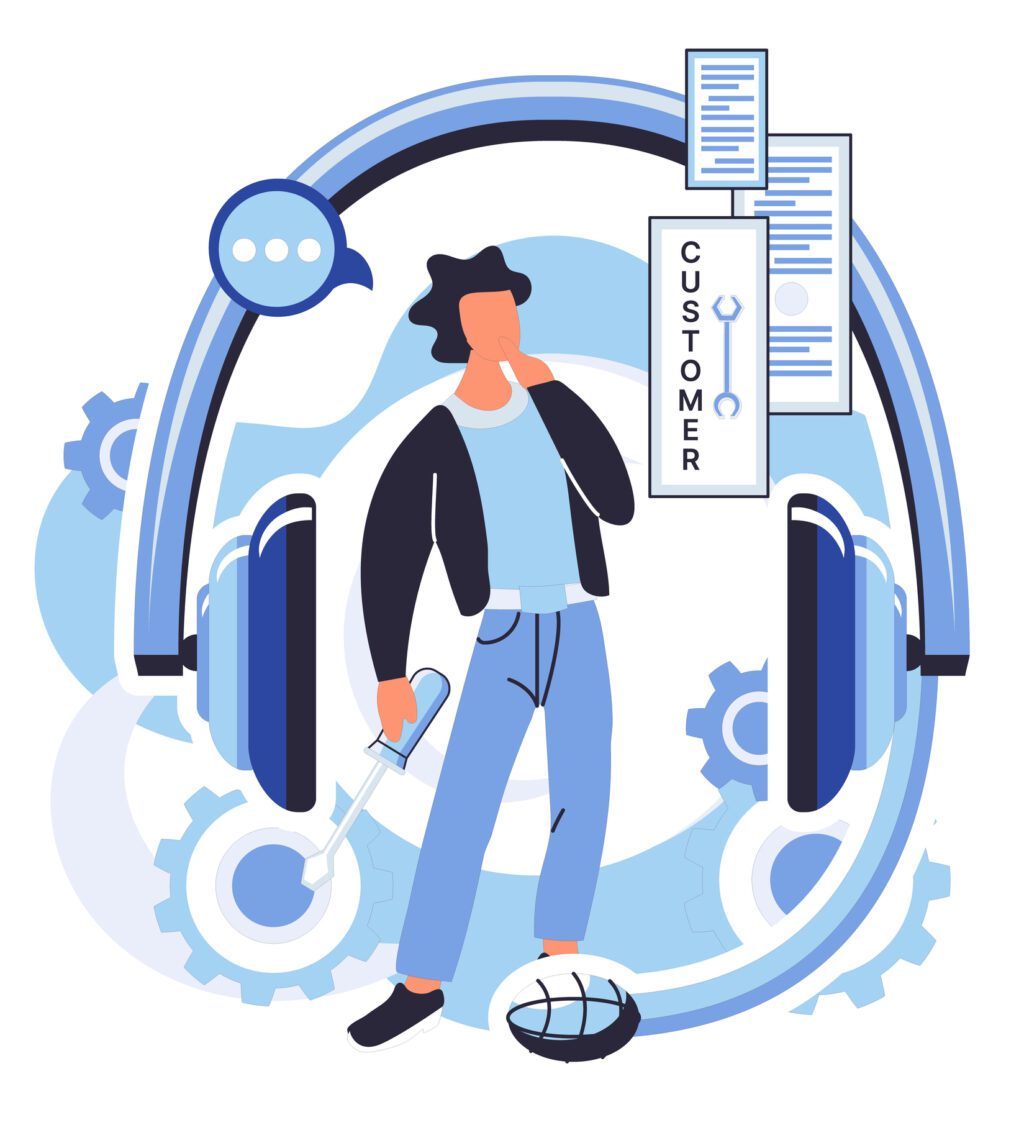
For regular updates on BT’s actions, follow @landlinesgoDigi on X/Twitter. There you’ll find guidance and fresh updates about the digital switchover as it happens.
Is Your Telecare Alarm Ready for the Digital Switchover?
Learn more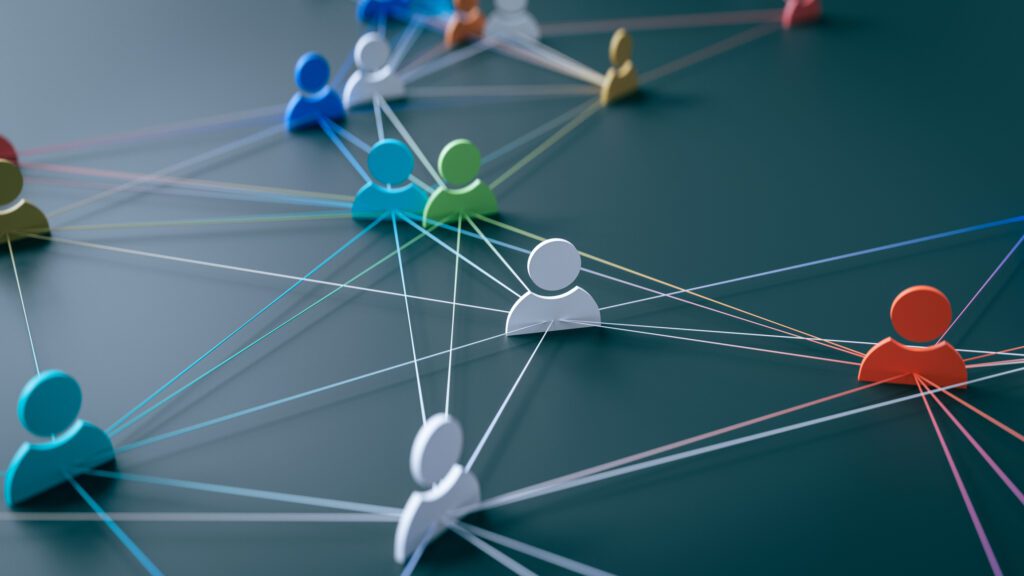
Continued support for customers

Key takeaways for all careline users in the UK
Regardless of who your careline service provider is, use these questions below to avoid any nasty surprises when your landline is upgraded:
- If you have a personal alarm that is connected to your home telephone line, it may stop working when your landline is upgraded.
- Contact your careline service provider if you have received a date for your landline upgrade from your home telephone company.
- When the telecom engineer comes to your home to do your upgrade, please let them know you have a telecare alarm and show them where it is. When the switchover is complete, ask them to help you test if it works.
- Whenever you install a new digital careline alarm, make sure that you press the emergency button to test it and ensure that it functions properly. It is essential to perform a test for your own safety and peace of mind.
- If you’ve installed a new digital personal alarm at home and have problems connecting it, call your telecare provider right away. A good telecare service will assist you in restoring your careline service as soon as possible.
- If you have a digital personal alarm plan through Telecare24, rest assured that your equipment will not be affected by the digital switchover and you won’t need to do anything when your landline is upgraded.
- BT say they will not move any of their customers who are known to be vulnerable or with additional needs until Spring 2025 at the earliest, once the necessary data sharing agreements with Local Authorities or Telecare companies are in place and in-home support for telecare users is available.
Instructions for existing Telecare24 Customers
Existing Telecare24 customers should use the link below to read our advice on your next steps, including how to upgrade your current plan.
Buddi and GO! devices will not be affected.
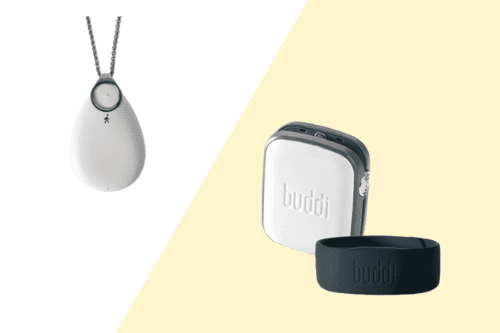
Help! I've been upgraded and my alarm has stopped working.

Protect your telecare service now.
Save yourself the hassle of upgrading later.
Learn more about the Digital Switchover
Why are landlines going digital?
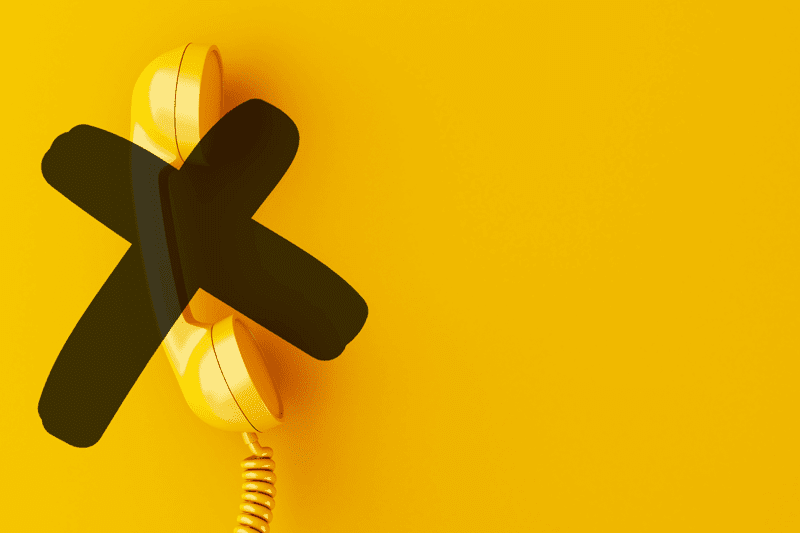
Who does the switchover affect?

Will I notice the difference?

How will the digital switch affect me?
There are a number of ways you may be affected by the switchover.
- Your calls should be cheaper because they are made over the internet instead of a traditional phone line that costs more to maintain and comes with its own tariffs. This cost-saving is even more significant if you make long-distance calls.
- Your calls will connect faster and sound much clearer.
- Your home phone will need to be plugged into the back of your broadband router instead of directly into the master telephone socket on the wall.
If you are also a careline alarm user:
- Your personal alarm may not be compatible with the new technology. See Help! I’ve been upgraded and my alarm has stopped working if you are already with Telecare24, or join us today.
Stay alert to scams !
Going digital can make life easier in many ways, but it can also expose you to scams and fraud.
Every year in the UK, millions of people lose money to scammers or unknowingly share their personal information. But you can avoid being scammed if you are cautious.
There will be no charge for the digital switchover, and no one should ask you for any payments.
Your current phone provider should be in touch with you to let you know when your services are due to change and what, if anything, you need to do. If somebody tries to sell you equipment or get you to sign up to expensive contracts as part of Digital Switchover, don’t rush into any decisions. Instead, consult your phone company who can advise you on your options.
Need more information?
If you would like to find out more about changing your personal alarm equipment, and which digital device would best suit your lifestyle, feel free to call us on 0800 180 85 40 or send us an email to support@telecare24.co.uk.
There are also external resources you may find helpful
- Which? conducted research presenting analyses of current copper landline usage across the UK to understand how consumers will be affected by the switch off, and the risks involved with the migration.
- TSA has downloadable guidance on the digital switchover as well as a video and a podcast outlining the impact on technology enabled care services.
More frequently asked questions
Find answers to more of your questions about the digital switchover for lifeline service users.
The traditional landlines you are familiar with (which are based on old copper-wire networks, known as PSTN and ISDN) are being phased out by 2027.
This is due to their limited functionality, parts for repairs becoming increasing difficult to resource, and the drive for greener systems that take less of a toll on our environment.
The switch to a VoIP-based network means connecting to each other in a more seamless way.
This has already started in many areas of the UK and is due to be completed by January 2027.
The switchover affects everybody who uses a landline telephone that is not already upgraded to the digital network. This includes customers of telephone service providers such as BT, TalkTalk, Vodafone, EE, and more.
The change affects business users too.
A digital telephone service uses the internet to connect calls instead of copper wires like the traditional PSTN and ISDN services.
Digital telephone services are also more reliable. Due to the vast reliance on internet connectivity today, there is far greater investment in the maintenance and upkeep of the broadband network.
This means in the event of an issue with your telephone service, you can take comfort in knowing a fix will not be far away.
The Public Switched Telephone Network (PSTN) and the Integrated Services Digital Network (ISDN) are being replaced by digital services that use Internet Protocol (IP)/Voice over Internet Protocol (VoIP) technology.
This means that calls will be conneted using digital technology over a broadband connection instead of the traditional copper wire network.
When people talk about “making phone calls over the internet”, VoIP is the underlying technology that they will are using whether they know it or not.
VoIP stands for ‘Voice over Internet Protocol’ and is a technology that converts the sound of your voice into a digital signal that can be transmitted over a broadband internet connection.
VoIP technology itself has been around since the mid-’90s and it’s likely that you have been using it already.
With the nation in lockdown for the majority of 2020 and some of 2021, many of us stayed connected with family and friends via Zoom, Skype or WhatsApp – all of which are digital apps that use VoIP technology to connect our calls.
Yes. Most broadband providers automatically enable Voice Over Internet Protocol (VoIP), which allows you to make calls through your internet connection. However, we recommend confirming with your provider to ensure VoIP is enabled on your broadband.
BT’s ‘Digital Voice’ is what they are calling their own phone service that utilises the new digital network. You only need BT’s Digital Voice service if you choose to be a BT phone and broadband customer5.
Other provider’s such as TalkTalk, EE, Sky, or Virgin will have different names for their own digital phone services. If you are already with a different provider (not BT) for your home phone service, you can expect to hear from them about their equivalent to ‘Digital Voice’.
If you use BT to make and receive calls and you are confused by what’s happening or you have questions about BT’s ‘Digital Voice’ service, BT are running events up and down the country all throughout this year that you can just turn up to.
Sources
1 (BT) The UK’s PSTN network is being switched off
2 (MoneySuperMarket) Guide to VoIP
3 (BT) Digital Voice Events | Digital Home Phone
4 (BBC News) Internet revamp for the humble landline
5 (BT) What is Digital Voice and how can I get it?
6 BT Group has announced a revision to its timetable for moving all customers
(Telecare24) The Digital Telephone Switchover and its Impact on Telecare Services
(Telecare24) The Digital Telephone Switchover is on the Horizon
